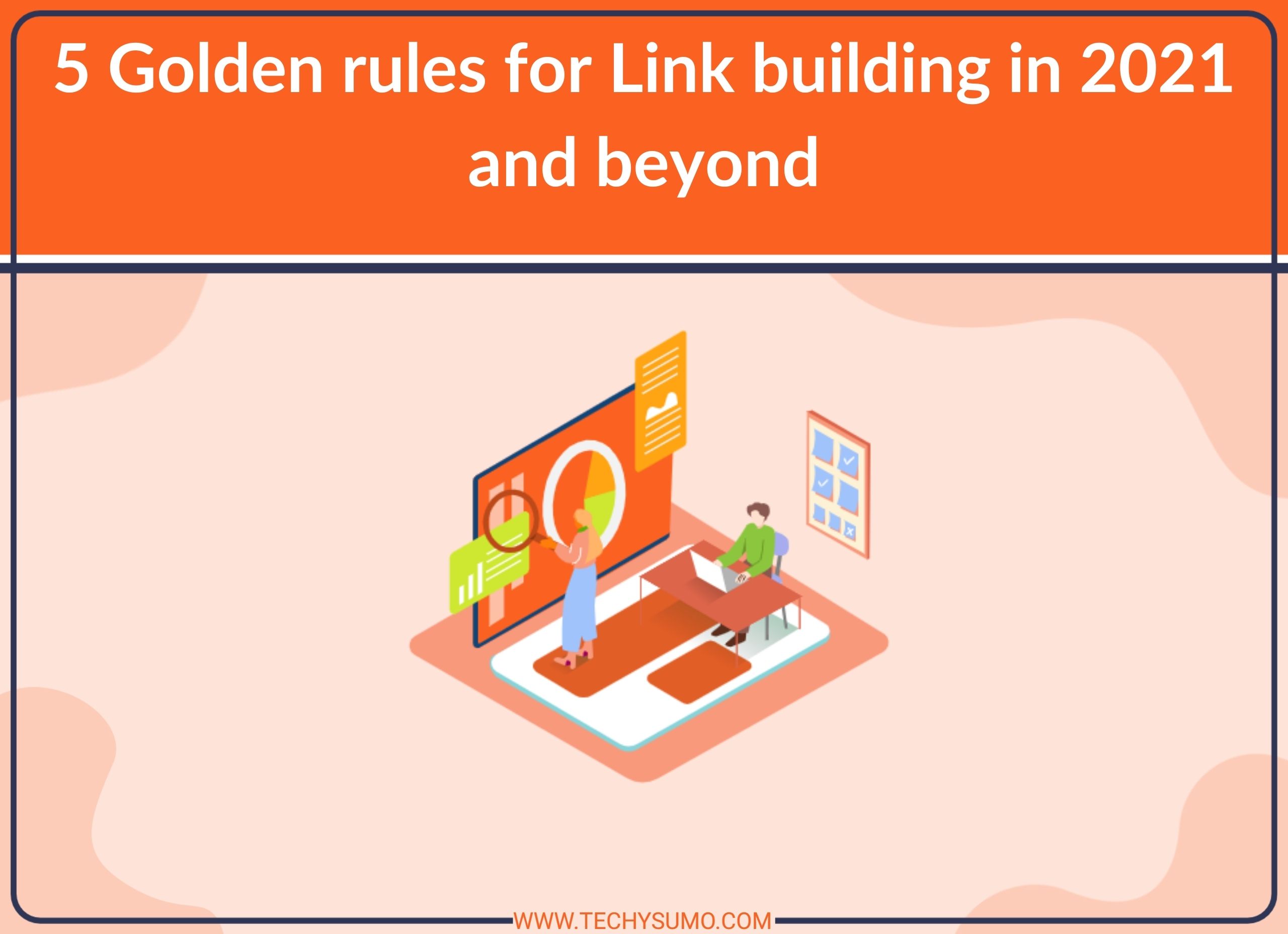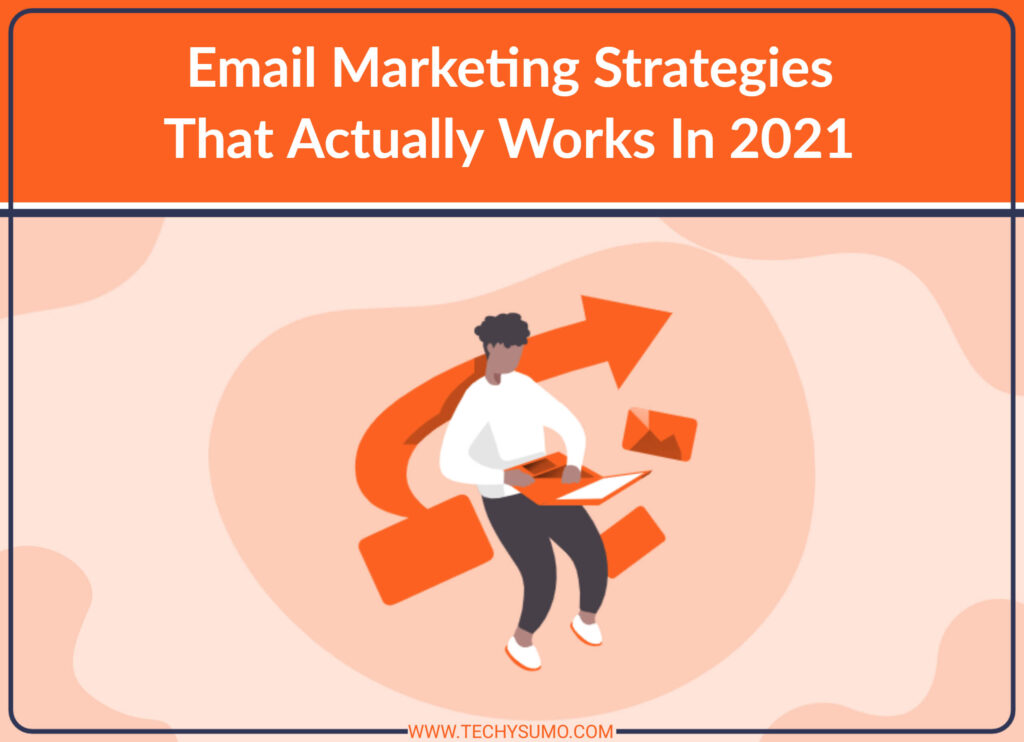Having just entered a new decade, we need to make sure that our link building strategy is ready for 2021.
Putting together a solid strategy that helps you earn high-quality links is crucial if you want to rank your website on Google in 2021.
If you’re looking into hiring someone to take care of all link building services or if you want to improve your skills yourself, these rules can be used as an internal checklist for every single link builder.
SEO and link building has changed A LOT since those days but one fact is clear – links are still the most influential ranking factor on Google.
Golden Rules of Link Building
- Avoid Paid Link Building
In 2021, paid link building is still relatively common, even though it violates Google’s Webmaster Guidelines and is clearly defined as a link scheme because it guarantees results.
The process of earning links is sheer hard work; it’s no secret. Despite the abundance of methods available, results require effort even with manual link building and quick-win tactics.
It’s probably a link scheme if it seems too good to be true or if it takes less effort than you thought.
Paid Link building services are not illegal per se, but buying them is against Google’s guidelines. Google does have penalties if your site has been penalized by these methods, so we wouldn’t suggest doing this.
- Domain Trust
Trust in your domain and trust in domains linked to you constitute domain trust.
Trust rank means that link quality is relative: if your domain is trusted, it will respond differently and more quickly to links.
If your domain is not trusted, it will take time for it to respond.
It would be best if you only linked to sites with a higher PR than your own, and all of that said: always consider how much quality content they have on their website. If it has no content (just ads), then. Why would it rank well? You can’t just offer links out left and right and expect them to stay there forever. Whenever you link out, you need to be careful because otherwise, your strategy could backfire.
You should be cautious about who you link with – now and also in the future.
- Link Relevance
You should try to get links from high-authority sites on your site, but only if they are relevant to yours. Not much impact will be achieved if it is not relevant.
If you’re running a website about health and wellness and you get a backlink from a fast-food company, may be Google will wonder how the two are connected.
The backlinks on your website must be connected to your central theme if you want them to make the right impact. To increase your chances of reaching your niche or industry websites, you should concentrate on contacting those within that particular niche.
The original purpose of links on the web was to help users navigate from one page to another. Based on this assumption, why would a link take you to something that is simply unrelated?
It wouldn’t make sense, right? To achieve the best results with your link building efforts, make sure you adhere to this stance.
- Building Nofollow Links
Rather than building links like an expert, be an everyday person doing it. Link construction should look like it was created by normal users, so you should include NoFollow links.
HTML nofollow tells search engine bots that they should not follow a particular link. By doing so, search engine spam becomes less effective and search results are improved.
Google officially confirmed in 2019 that they would count NoFollow links.
Links contain valuable information that can help Google improve search, such as how the words within links describe the content they point at. Looking at all the links they encounter can also help better understand unnatural linking patterns.
- Natural Anchor Text
When it comes to SEO, anchor text refers to any text that you attach a link to.
The anchor text is one of the most crucial ranking factors used by Google.
It is clear, however, that using optimized anchor text (using your main keyword target or commercial terms) is against Google’s guidelines. It is known that excessive use of this can result in manual actions as well as algorithmic filters being applied.
You will often link to a website by referencing its brand name, the article title, or by using words such as “click here” or similar.
The link text needs to be relevant, and it needs to appear natural.
Never believe you only need to have “the right anchor text.” If you can only influence it on low-risk websites, then just do that.
Optimized anchor text should not dominate your link profile, but rather be used sparingly.
Learn about the rules for your country, language, industry, subtopic, keyword group, and topic by doing your competitor analysis. It’s a misconception that there’s a one-size-fits-all search engine optimization ruleset.
Wrapping Up!
In 2021, link building will continue to evolve and change.
Link building was never described as easy because it isn’t.
Many SEOs find this tactic to be extremely challenging, which makes any proof of success you can provide even more valuable to potential employers or clients.
After reading through the golden rules to consider and the tactics that work and do not work for link building, it is time to get started.
By having a whole host of approaches at hand, you can ensure that you’re ready to drive as many eyes back to your content as possible.
Happy link building!



